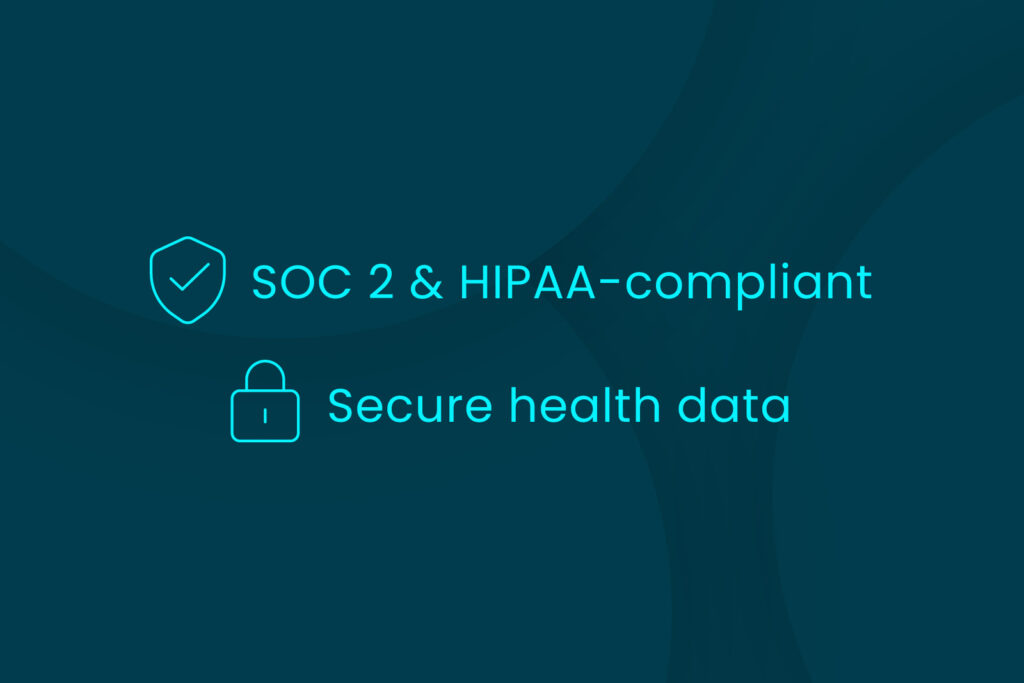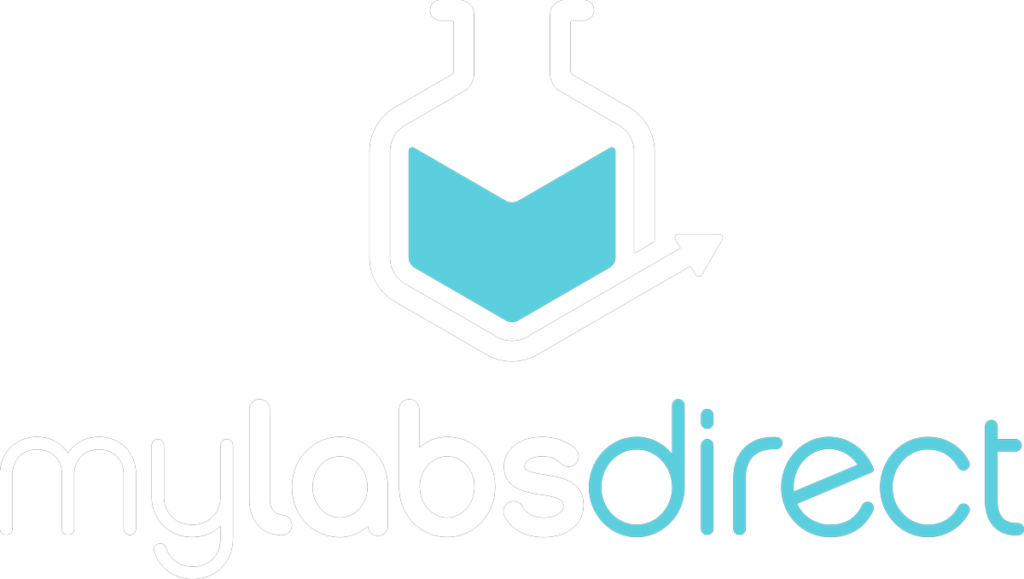
The Dual Threat: Managing Diabetes and Hyperlipidemia Together
INTRODUCTION
When it comes to chronic health conditions, diabetes and hyperlipidemia often go hand in hand, creating a complex challenge for those affected. In this blog, we’ll explore the relationship between diabetes and hyperlipidemia, understand the risks involved, and offer guidance on how to effectively manage these dual conditions.
Diabetes and Hyperlipidemia: Understanding the Link
- What Is Hyperlipidemia?: Hyperlipidemia is a medical term for high levels of lipids (fats) in the blood, particularly cholesterol and triglycerides. It’s a common risk factor for heart disease.
- Shared Risk Factors: Diabetes and hyperlipidemia often share risk factors such as obesity, an unhealthy diet, and lack of physical activity, which can make managing both conditions even more challenging.
- Biological Connection: Diabetes can affect lipid metabolism, leading to elevated levels of LDL (bad) cholesterol and triglycerides.
The Risks and Complications
- Cardiovascular Disease: The combination of diabetes and hyperlipidemia significantly increases the risk of heart disease, including heart attacks and strokes.
- Atherosclerosis: Both conditions contribute to the development of atherosclerosis, a narrowing and hardening of the arteries, which can lead to blood flow blockages.
- Pancreatic Health: High cholesterol and triglyceride levels can affect the pancreas and worsen insulin resistance in individuals with diabetes.
Managing Diabetes and Hyperlipidemia Together
- Lifestyle Changes: A healthy lifestyle is the cornerstone of managing both conditions. This includes a heart-healthy diet, regular exercise, and weight management.
- Medication: Medications may be prescribed to control blood sugar, lower cholesterol levels, and reduce triglycerides. Adherence to medication is crucial.
- Regular Check-ups: Routine medical check-ups and monitoring are essential for early detection of any complications.
- Dietary Modifications: A registered dietitian can help you create a tailored nutrition plan that addresses both diabetes and hyperlipidemia.
- Stress Management: Chronic stress can exacerbate both conditions. Implement stress-reduction techniques such as mindfulness and relaxation exercises.
- Consult Specialists: Work with healthcare providers who specialize in both diabetes and hyperlipidemia to ensure comprehensive care.
Conclusion
Managing diabetes and hyperlipidemia together can be challenging, but it’s essential for your overall health and well-being. By understanding the risks, implementing lifestyle changes, and seeking expert guidance, you can effectively control both conditions and reduce the risk of complications, particularly cardiovascular issues. With the use of our MLD Diabetic Risk Test Kit, you can easily measure your blood sugar levels from the comfort of your home. Remember, you don’t have to face this dual threat alone – there are healthcare professionals and resources available to support you on your journey to better health.







